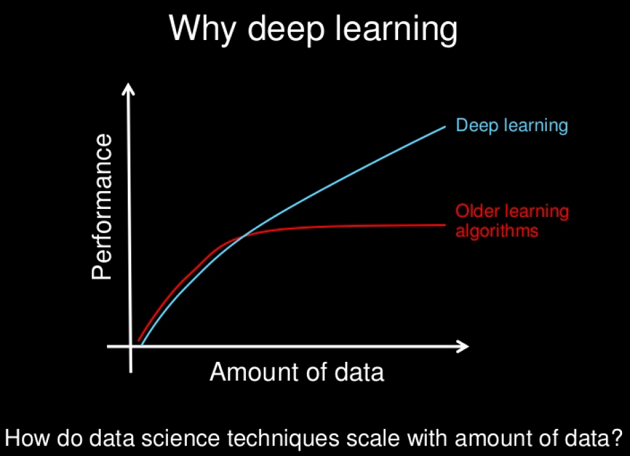Fujitsu Laboratories Ltd., Fujitsu Laboratories of America, Inc., and Fujitsu R&D Center Co., Ltd. announced the development of technology for a framework to estimate optical signal transmission parameters from optical receivers. The companies have embarked on this development to simplify the building, operating, and managing of optical networks.
The companies have now developed technology that uses deep learning that can be trained on parameters to avoid the impact of systemic errors in optical signal transmission in the course of learning to estimate optical transmission signal parameters, which is an issue unique to optical communication systems, including for symbol rate and optical signal to noise ratio (OSNR). The companies developed an experimental transmission system within Fujitsu Laboratories that emulates an optical network, and with about 10 thousand pieces of data verified that this technology could estimate OSNR with a measurement error of 1%, and could estimate modulation format and symbol rate with a measurement error of 5%.
When problems arise in building or operating an optical network, this technology now makes it possible to accomplish tasks in a matter of minutes that would take an expert several days using specialized measurement equipment. This will contribute to considerably easing the building, operation and management of networks.
Details of this technology will be announced at the Optical Networking and Communication Conference & Exhibition 2018 (OFC 2018), the world’s largest international conference on fiber-optic communications, which is being held March 11-15 in San Diego.
Development Background
Communications traffic on the optical networks that sustain an ICT-powered society is expected to increase tremendously alongside the number of devices connected to the internet in the years ahead. In order to accommodate this volume of data, a number of new optical transmission technologies are being adopted one after another in optical networks, and it is believed that networks will become even more diverse and complex. Consequently, demand exists for technologies that will make it easier to build, operate and manage optical networks.
Issues
Previously, when building an optical network, or when problems arose in operating a network, it was necessary to send an expert in this field with expensive and specialized measurement equipment to a worksite, and conduct measurements and tests to determine the cause. In optical networks that aim to boost capacity and distance, the increasing complexity of types of optical transmission signals and device parameter settings means that building the network or fixing issues may require several days, leading to significant issues in quickly building and managing fiber-optic networks. As a result, demand has emerged for the development of technologies that can remotely monitor the status of optical networks in order to resolve these issues. There have been challenges, however, in measuring the information that network operators and managers need without relying on dedicated measurement devices due to the unique optical signal characteristics of newly-deployed optical transmission technologies.








